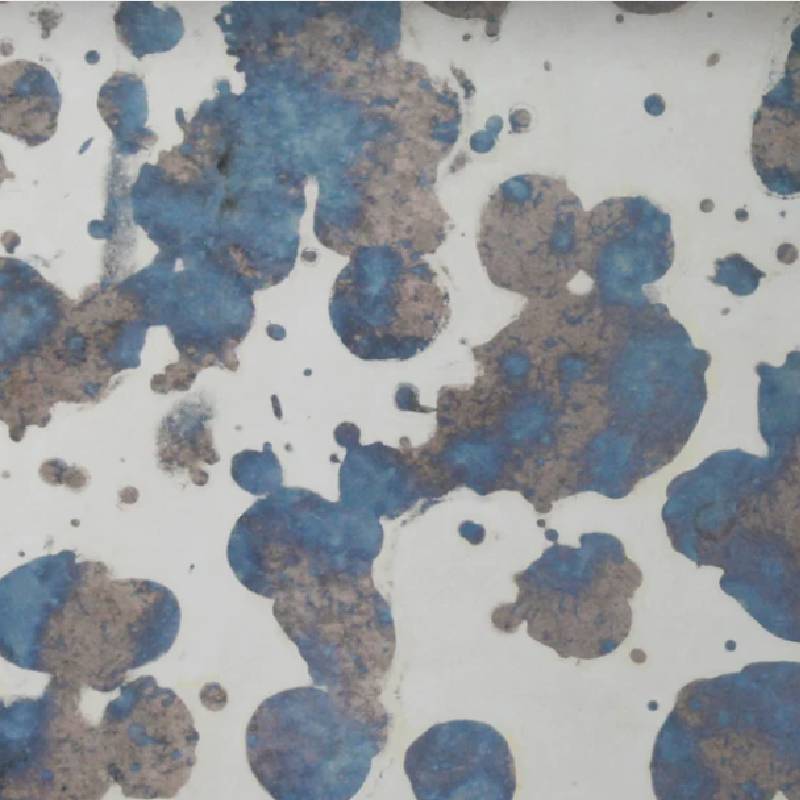Understanding Low Iron Glass What It Means and Its Applications
Low iron glass, often referred to as low-iron or ultra-clear glass, is a specialized type of glass that has a significantly reduced iron content compared to standard glass. This reduction in iron is crucial because iron particles impart a greenish tint to conventional glass, which can obscure visual clarity and affect the transmission of light. As a result, low iron glass has gained popularity in various applications where clarity and transparency are paramount. In this article, we will explore what low iron glass means, its composition, benefits, and common uses.
Composition of Low Iron Glass
The primary difference between standard glass and low iron glass lies in their chemical composition. Standard glass is made from silica (SiO2), soda (Na2O), and lime (CaO), along with various other materials. However, it typically contains iron oxides as impurities, which contribute to the green hue when light passes through. Low iron glass, on the other hand, is manufactured using high-purity raw materials that minimize the presence of iron compounds.
This careful selection of ingredients leads to a glass that has a much lower concentration of iron, typically around 0.1% or less. The result is glass that transmits over 90% of visible light, drastically improving transparency and color accuracy. This high level of optical clarity makes low iron glass an ideal choice for many demanding applications.
Benefits of Low Iron Glass
1. Enhanced Clarity and Transparency One of the most significant benefits of low iron glass is its remarkable clarity. It allows for nearly unobstructed views, making it perfect for applications where aesthetics and light transmission are critical. This feature is particularly important in architectural design, where natural light and visual openness are often prioritized.
2. True Color Representation Standard glass can distort colors due to its greenish tint, especially in the case of colored or decorative materials placed behind the glass. Low iron glass, with its superior clarity, allows for true color representation, making it an excellent choice for display cases, aquariums, and art galleries.
3. UV Protection Many formulations of low iron glass are treated to provide UV protection. This is particularly valuable in applications where natural light exposure could lead to damage or fading of photos, art, or delicate materials.
4. Increased Durability Low iron glass is often produced using toughening processes that increase its strength and impact resistance. This durability makes low iron glass suitable for more demanding environments, such as commercial buildings and public spaces.
what does low iron glass mean
5. Energy Efficiency Some types of low iron glass are designed to work in conjunction with energy-efficient coatings, improving insulation properties and reducing energy costs for heating and cooling. This feature aligns with modern sustainability efforts in building design.
Common Applications of Low Iron Glass
1. Architecture and Interior Design Low iron glass is widely used in modern architecture for facades, skylights, partitions, and windows. Its clarity and aesthetic appeal enhance the overall design, allowing for an unobstructed view of the environment.
2. Display Cases and Retail In retail environments, low iron glass is often used for display cases and shelving. The clarity ensures that products are showcased effectively, attracting customers while maintaining the integrity of colors and appearance.
3. Aquariums and Terrariums Aquariums require high-clarity glass to provide an unobstructed view of aquatic life. Low iron glass is ideal for this purpose, minimizing distortion and enhancing the appearance of water and plants.
4. Furniture and Decor In furniture design, low iron glass is used for table tops, shelves, and decorative elements where clarity and a clean aesthetic are required. Its minimalist look complements modern design sensibilities.
5. Solar Panels Low iron glass is also utilized in the production of solar panels, where high light transmission can significantly impact efficiency. The use of low iron glass can maximize the absorption of sunlight, enhancing the overall performance of solar energy systems.
Conclusion
Low iron glass represents a significant advancement in glass technology, providing unmatched clarity. Its ability to allow light to pass through with minimal distortion makes it an essential material in a variety of industries. From architectural applications to retail displays and beyond, low iron glass continues to shape environments and experiences, proving that sometimes, the clearest choices are the best.
 Afrikaans
Afrikaans  Albanian
Albanian  Amharic
Amharic  Arabic
Arabic  Armenian
Armenian  Azerbaijani
Azerbaijani  Basque
Basque  Belarusian
Belarusian  Bengali
Bengali  Bosnian
Bosnian  Bulgarian
Bulgarian  Catalan
Catalan  Cebuano
Cebuano  Corsican
Corsican  Croatian
Croatian  Czech
Czech  Danish
Danish  Dutch
Dutch  English
English  Esperanto
Esperanto  Estonian
Estonian  Finnish
Finnish  French
French  Frisian
Frisian  Galician
Galician  Georgian
Georgian  German
German  Greek
Greek  Gujarati
Gujarati  Haitian Creole
Haitian Creole  hausa
hausa  hawaiian
hawaiian  Hebrew
Hebrew  Hindi
Hindi  Miao
Miao  Hungarian
Hungarian  Icelandic
Icelandic  igbo
igbo  Indonesian
Indonesian  irish
irish  Italian
Italian  Japanese
Japanese  Javanese
Javanese  Kannada
Kannada  kazakh
kazakh  Khmer
Khmer  Rwandese
Rwandese  Korean
Korean  Kurdish
Kurdish  Kyrgyz
Kyrgyz  Lao
Lao  Latin
Latin  Latvian
Latvian  Lithuanian
Lithuanian  Luxembourgish
Luxembourgish  Macedonian
Macedonian  Malgashi
Malgashi  Malay
Malay  Malayalam
Malayalam  Maltese
Maltese  Maori
Maori  Marathi
Marathi  Mongolian
Mongolian  Myanmar
Myanmar  Nepali
Nepali  Norwegian
Norwegian  Norwegian
Norwegian  Occitan
Occitan  Pashto
Pashto  Persian
Persian  Polish
Polish  Portuguese
Portuguese  Punjabi
Punjabi  Romanian
Romanian  Russian
Russian  Samoan
Samoan  Scottish Gaelic
Scottish Gaelic  Serbian
Serbian  Sesotho
Sesotho  Shona
Shona  Sindhi
Sindhi  Sinhala
Sinhala  Slovak
Slovak  Slovenian
Slovenian  Somali
Somali  Spanish
Spanish  Sundanese
Sundanese  Swahili
Swahili  Swedish
Swedish  Tagalog
Tagalog  Tajik
Tajik  Tamil
Tamil  Tatar
Tatar  Telugu
Telugu  Thai
Thai  Turkish
Turkish  Turkmen
Turkmen  Ukrainian
Ukrainian  Urdu
Urdu  Uighur
Uighur  Uzbek
Uzbek  Vietnamese
Vietnamese  Welsh
Welsh  Bantu
Bantu  Yiddish
Yiddish  Yoruba
Yoruba  Zulu
Zulu 

